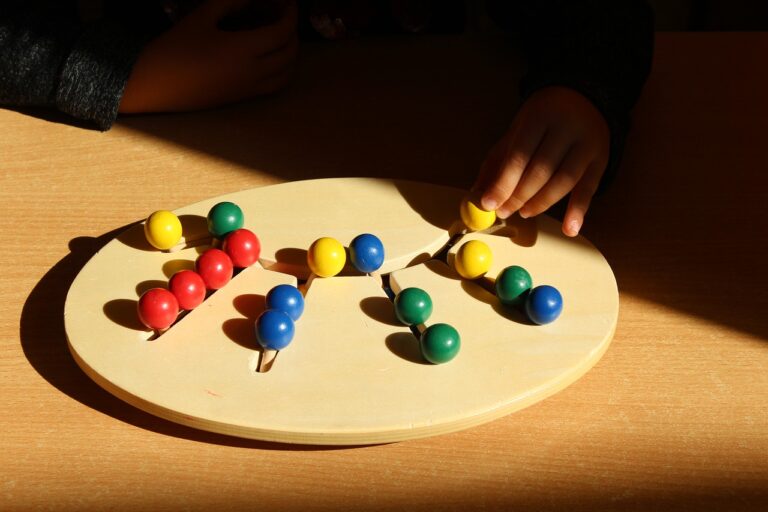The Benefits of Peer-to-Peer Learning
Peer-to-peer learning is a method that allows individuals to come together and share their knowledge and experiences in a collaborative environment. This approach fosters a sense of community where learning becomes a collective effort, leading to a deeper understanding of the subject matter. By actively engaging with their peers, students can benefit from different perspectives and approaches, which can enrich their learning experience.
Furthermore, peer-to-peer learning promotes critical thinking and problem-solving skills as individuals work together to tackle challenging concepts. Through discussions, debates, and group activities, participants are encouraged to analyze information, ask questions, and think creatively. This interactive process not only enhances their comprehension of the material but also helps them develop essential skills that are valuable beyond the classroom.
Enhanced Understanding through Collaboration
Collaboration plays a crucial role in enhancing understanding among individuals. By working together towards a common goal, learners can leverage their diverse perspectives and experiences to gain a comprehensive grasp of the subject matter. Through active engagement with their peers, students not only deepen their own understanding but also have the opportunity to teach and learn from one another.
When students collaborate, they are able to explore different approaches to problem-solving and critically evaluate new ideas. This process of exchange fosters a dynamic learning environment where individuals can challenge their own assumptions and broaden their knowledge base. By engaging in discussions, group projects, and peer teaching, students can develop a more profound understanding of the material and apply their newfound insights to real-world scenarios.
What is peer-to-peer learning?
Peer-to-peer learning is an educational approach where students learn from each other through collaboration, discussion, and sharing of knowledge.
Why is peer-to-peer learning effective?
Peer-to-peer learning is effective because it promotes active engagement, critical thinking, and deeper understanding of the material through interactions with peers.
How does collaboration enhance understanding?
Collaboration enhances understanding by allowing students to explain concepts to each other, ask questions, and receive feedback, which helps clarify misunderstandings and deepen their comprehension.
What are the benefits of collaborative learning?
Some benefits of collaborative learning include improved communication skills, increased confidence, enhanced problem-solving abilities, and a stronger sense of community among students.
How can educators facilitate peer-to-peer learning in the classroom?
Educators can facilitate peer-to-peer learning by assigning group projects, encouraging peer teaching, incorporating team-based activities, and providing opportunities for students to work together on assignments.





